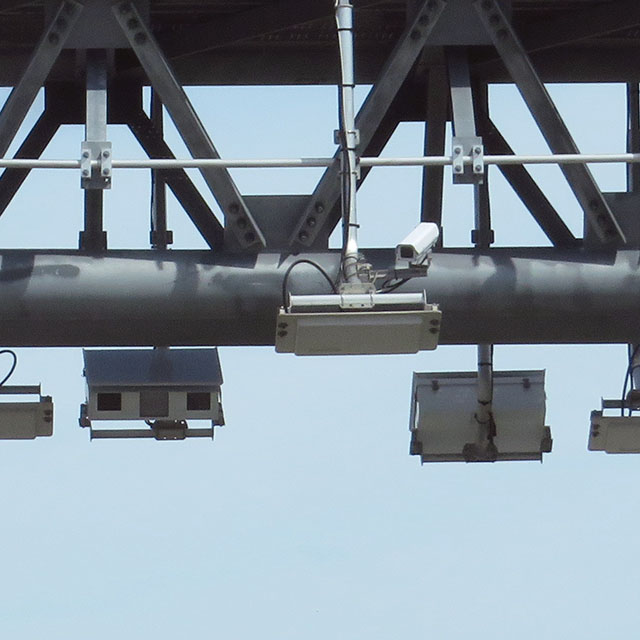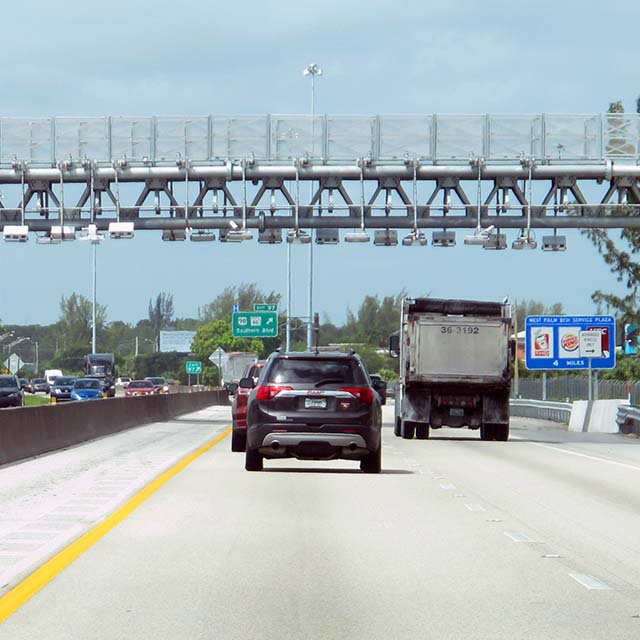
Overview Of Transponder Types
Use the tabs for a quick overview of each transponder or sticker type.
At A Glance …
The two most commonly-used toll passes are the transponder and the RFID sticker, generally called a sticker tag. Aside from the obvious size differential, the biggest difference between the two types is the portability of the unit.
Transponder units, or packs, as they are sometimes called, use suction cups to mount to your windshield. This means they can be moved from one vehicle to another.
Sticker tags are not designed to be moved. They are permanent. Once a sticker tag is placed, it will stop working if removed.
There are special units for truckers and haulers, as well as those who drive cars with certain metal-oxide window treatments, which can act like a passive Faraday cage to block RFID signals.
Select a tab for an in-depth view.
Stickers
Listen to this section
An RFID sticker is a type of transponder designed to permanently mount to your vehicle's windshield. This effectively turns your windshield into a dielectric antenna, permitting the sticker to receive and send data when you pass through a gantry or toll plaza.
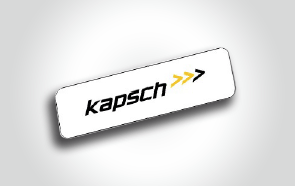
A sticker strip made by Kapsch.
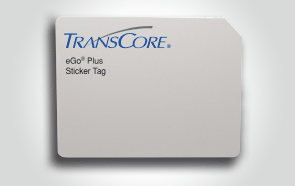
A sticker tag made by TransCore.
Stickers come in common sizes, from a square tag to a strip. The type used depends on the agency and the technology partner used.
Stickers are, by their very nature, not portable. Once they are affixed to the windshield, typically adjacent or below the rear-view mirror, they can not be removed and placed in another vehicle.
On a more technical level, most stickers in the United States operate at a frequency of 915 megahertz (915 Mhz).
Images are provided, as-is, for referrence only. Neither endorsement nor affiliation is implied and should not be construed.
Transponders
Listen to this section
A transponder is a self-contained, battery-powered unit that is designed to be portable, in most cases. These units typically mount to the windshield of your vehicle using suction cups. Some units are kept in place with a holder, which affixes to the windshield. Batteries in these units generally last between seven and ten years, depending on the manufacturer, the unit's features and the regularity of its use.
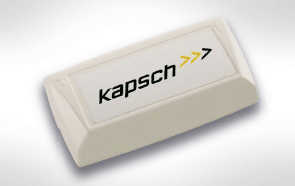
A transponder made by Kapsch.
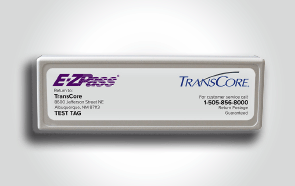
A transponder made by TransCore.
Like sticker tags, transponders come in various sizes, although there are a few dominant types used across North America. Among them is the candy-bar sized transponder, commonly used by Florida, but also by several agencies issuing E-ZPass. Another type of unit is a compact, palm-sized transponder.
Interior-mounted transponders may have suction cups to attach to the windshield. However, some may be designed to be inserted into - or attached to - a windshield-mounted holder.
Most transponders operate at 915 megahertz (915 Mhz). Some operate in a range between 902 and 928 Mhz; other units operate at 870 Mhz. New frequencies, well above 2400 Mhz, are also being introduced as technology evolves.
Both stickers and portable transponders may fail to work in some circumstances, in which case you may need a roof-mount or licence-plate mounted transponder.
Images are provided, as-is, for referrence only. Neither endorsement nor affiliation is implied and should not be construed.
Roof and Bumper-Mounted Transponders
Listen to this section
Vehicles that are too large or which have special window treatments may not be able to utilize an interior-mounted transponder or sticker tag. In such cases, nearly all larger agencies in North America issue a roof-mounted transponder. These can also be used for mounting on the vehicle's bumper or may attach using the same brackets that hold your front license plate.
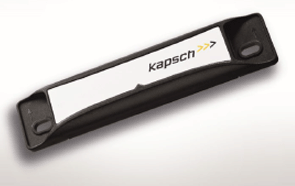
Exterior transponder made by Kapsch.

Exterior transponder made by TransCore.
Exterior tags that mount to the roof require specialized installation. The reason is to make certain the unit remains secure during transit, can be scanned by tolling equipment, and no interior leaks appear as a result of installation.
In most cases, the position of the mounting holes on exterior tags permits them to be attached to the license plate frame, or simply by mounting the unit using the same brackets that hold your license plate. Holes are spaced appropriately for this use, and they are positioned so that the exterior transponder will not cover the license plate, itself.
Images are provided, as-is, for referrence only. Neither endorsement nor affiliation is implied and should not be construed.
Window Treatments
Listen to this section
Many vehicles, particularly higher-end cars, have factory treatments that include metal-oxide or other metallics in the windshield. This effectively blocks toll equipment from being able to read your transponder or sticker.
Other cars come factory-equipped with heated windshields; others are equipped with infra-red or glare-resistant coatings. All of these interfere with the proper reading of transponders.
In many cases, mounting an interior transponder or sticker in a specific place helps avoid the pitfalls and limitations created by these window treatments. In other cases, an exterior transponder must be used.
Many aftermarket window treatments can also contain materials that interfere with or completely block signals that read your transponder.
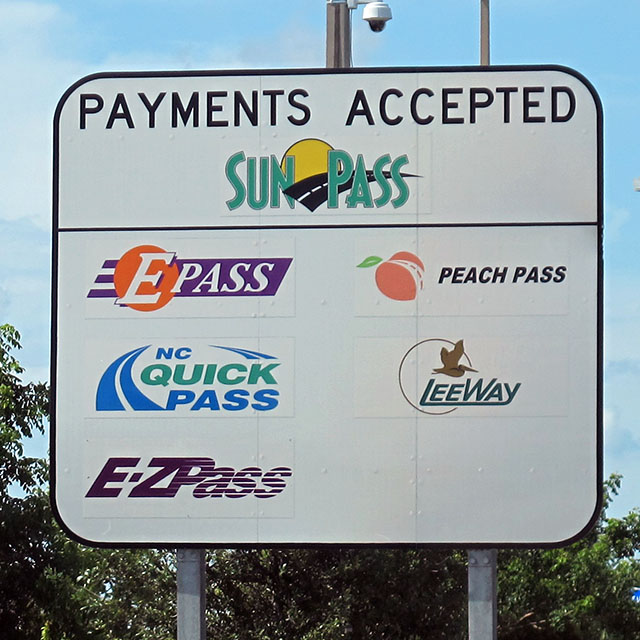
The Toll Networks And Interoperability
Use the tabs to see the largest networks and maps of their interoperability. The state-by-state index offers an at-a-glance list of states and passes issued.
The two largest electronic toll networks are E-ZPass and SunPass, but other, smaller networks dominate their regions. These include the NTTA TollTag in the Dallas-Ft. Worth area, the PikePass in Oklahoma, and I-Pass in Illinois, among many others.
There are numerous states and agencies issuing transponders for the roadways they manage. In some cases, there are even passes issued for a single toll facility, such as a bridge or tunnel.
Until very recently, as late as 2017, networks were still fairly isolated from each other, technologically. This restricted interoperability.
Today, however, there is a concerted effort between states to make their networks interoperable. This has increased the scope of compatibility between the various toll transponders. However, many are still limited to in-state use, only. This is particularly true in the Far West states of California and Washington, along with Utah in the Rockies.
Select a network or view the index to find your local toll pass network.
The E-ZPass Network
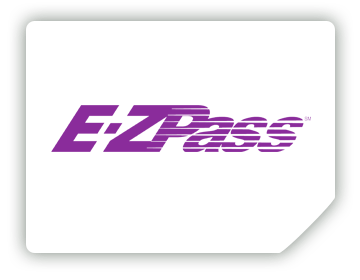
The E-ZPass is issued by fourteen states and commonwealths across New England, down the Mid-Atlantic and westerly to the Midwest. However, the E-ZPass is compatible with transponder networks in five additional states.
E-ZPass is commonly issued as either a sticker, which affixes directly to the windshield, or as a larger transponder, which uses suction cups to mount to your windshield. Only the larger transponder can be moved from vehicle to vehicle.
Governance of the E-ZPass network is handled by an interstate cooperative, the E-ZPass Group, which used to be called the E-ZPass Interagency Group.
Sunpass - Florida
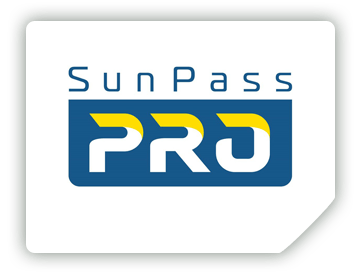
Sunpass is issued only in the state of Florida, unlike its cousin electronic network, the E-ZPass. It was originally introduced in 1999 for use in the Sunshine State. Today, it is interoperable across nearly two dozen states.
Sunpass is managed by Florida's Turnpike Enterprise, a public-private cooperative granted authority under the Florida Department of Transportation.
SunPass Mini
Sunpass Mini is Florida's RFID sticker. It is similar to other networks' sticker tags, using the windshield as an antenna. The SunPass Mini does not have the same interstate interoperability as the larger Sunpass.
Sunpass Pro
The Sunpass Pro is the most widely interoperable transponder for passenger cars in the United States, issued by a government agency. It can be used for any type of vehicle within the state of Florida. However, interoperability outside of Florida is limited to two-axle vehicles.
For those with passenger cars, Sunpass Pro is compatible with all of the states that accept E-ZPass, and it is compatible across the North Texas Tollway Roads. It is also accepted in Colorado, Kansas and Oklahoma.
NTTA TollTag - Dallas-Ft. Worth

TollTag is a metro-area transponder network operated by the North Texas Tollway Authority in the Dallas-Ft. Worth area. While this network is only regional, the NTTA TollTag is compatible across the Southern Plains, in Colorado and in Florida, in addition to being compatible across the state of Texas.
TollTag can only be acquired from the NTTA, as it was originally intended only for the Dallas-Ft. Worth toll roads. However, as TxTag is phasing out its transponder operations, the NTTA Toll Tag is the only tag issued in Texas with the interoperability across a larger swath of states.
PikePass - Oklahoma

PikePass is number one; at least, it was the first electronic toll network in the United States to go online, starting operations in Oklahoma in 1991.
PikePass is issued by the Oklahoma Turnpike Authority for use on all of Oklahoma's toll roads. However, it is now compatible across four other states: Colorado, Florida, Kansas and Texas.
The PikePass is compatible with toll systems in Colorado, Kansas, Texas and Florida, but it can only be acquired from the OTA.
I-Pass - Illinois
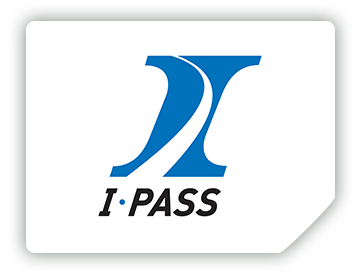
The I-Pass is issued by the Illinois Tollway System, and it is connected to the E-ZPass electronic toll collection network. This makes I-Pass as widely accepted as the E-ZPass.
I-Pass can be purchased as both a transponder box or an RFID sticker, or sticker tag, which was introduced in 2024.
Toll Passes By State
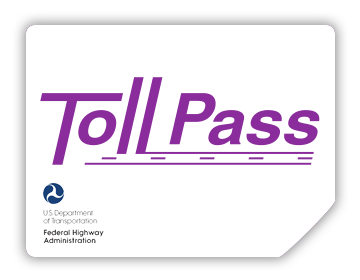
There are, literally, dozens of agencies issuing transponders. In some cases, there are even passes issued for a single toll facility, such as a bridge or tunnel.
We have organized this reference list here.

































